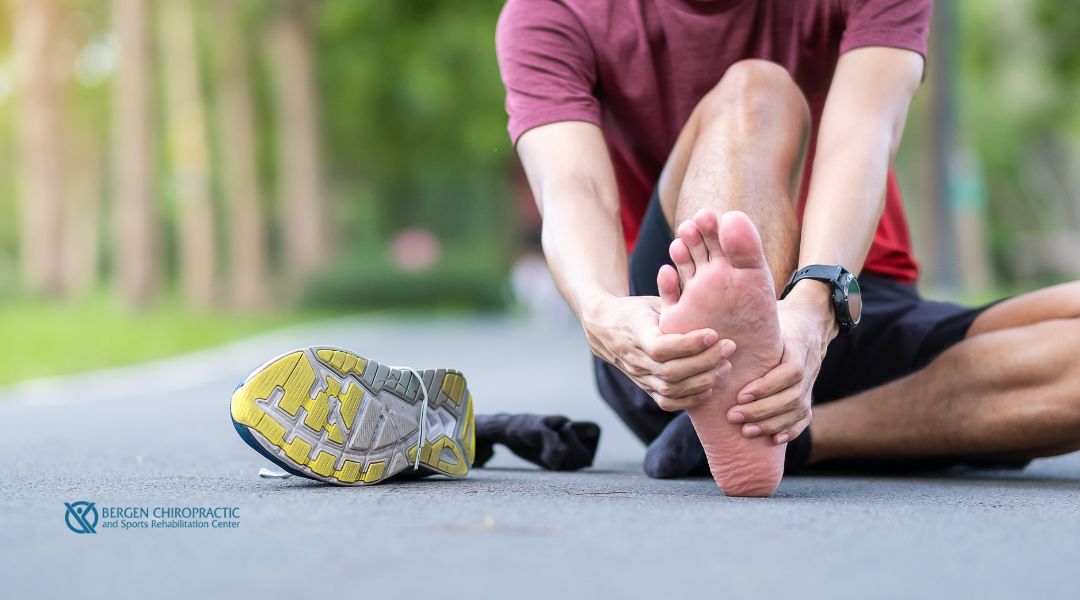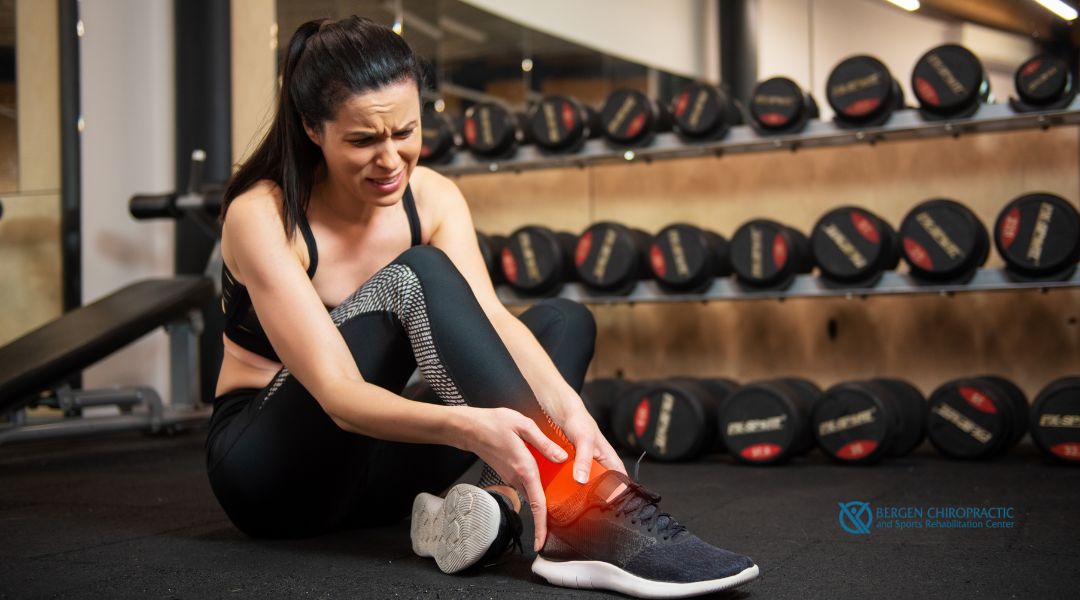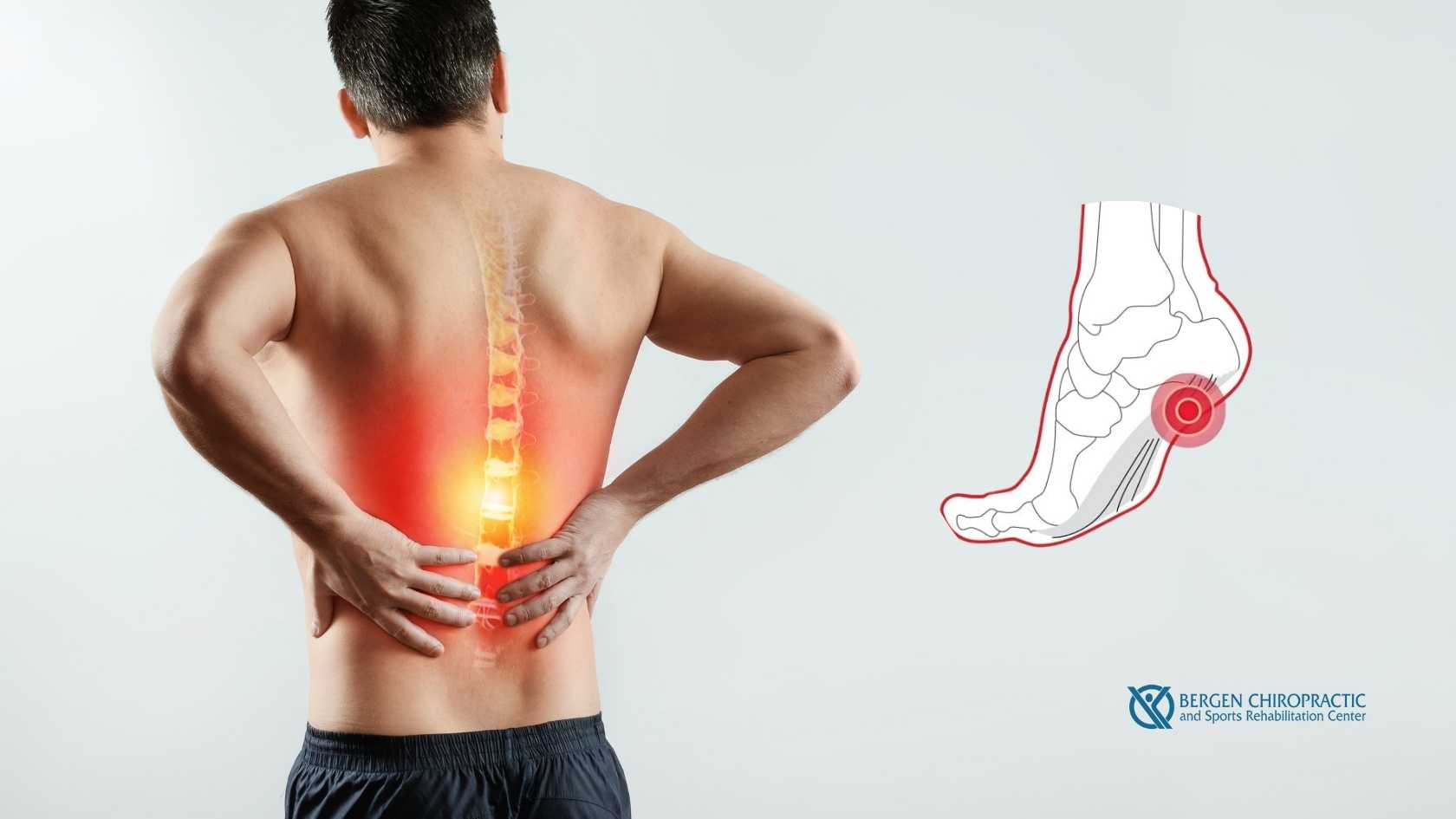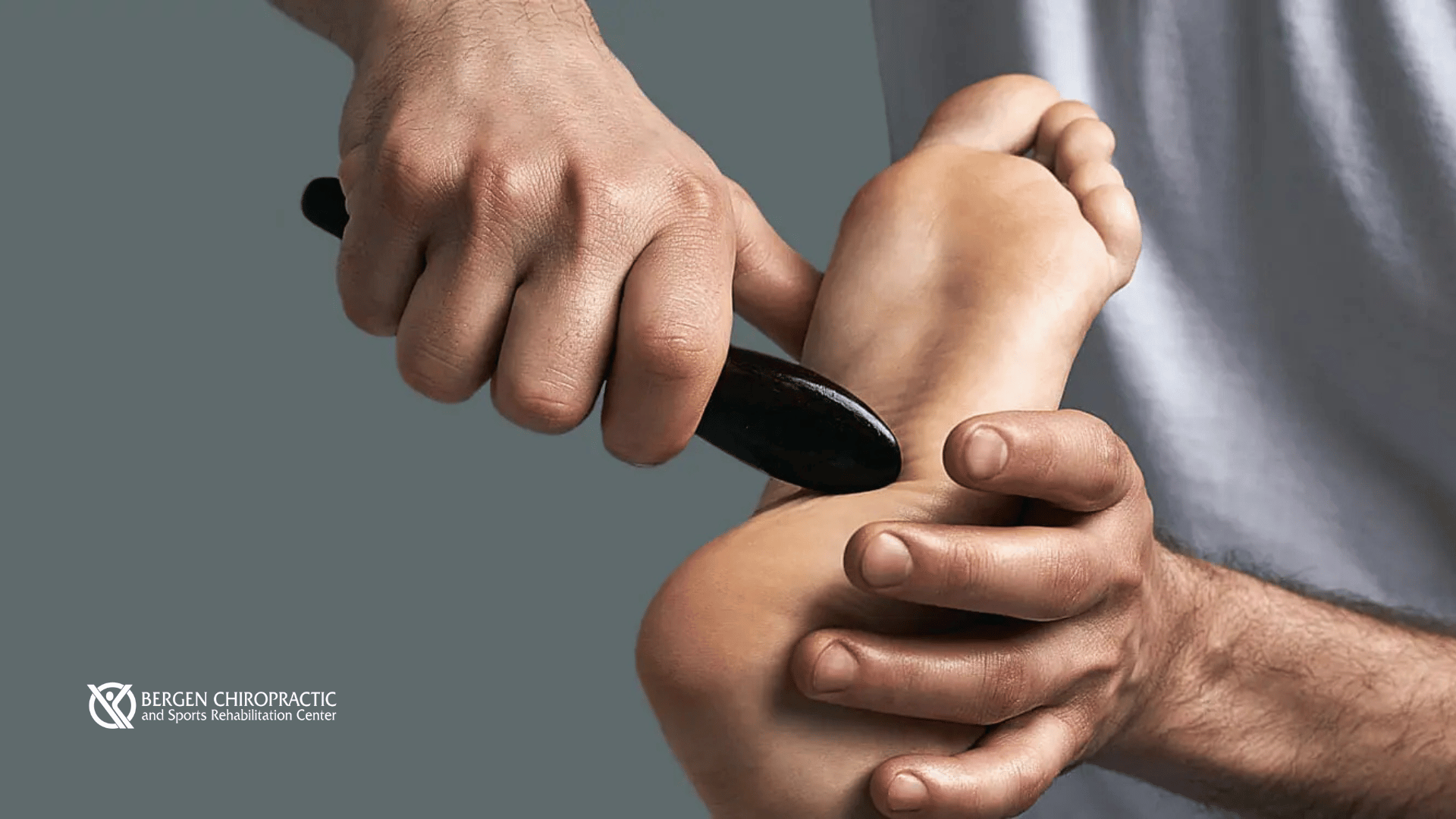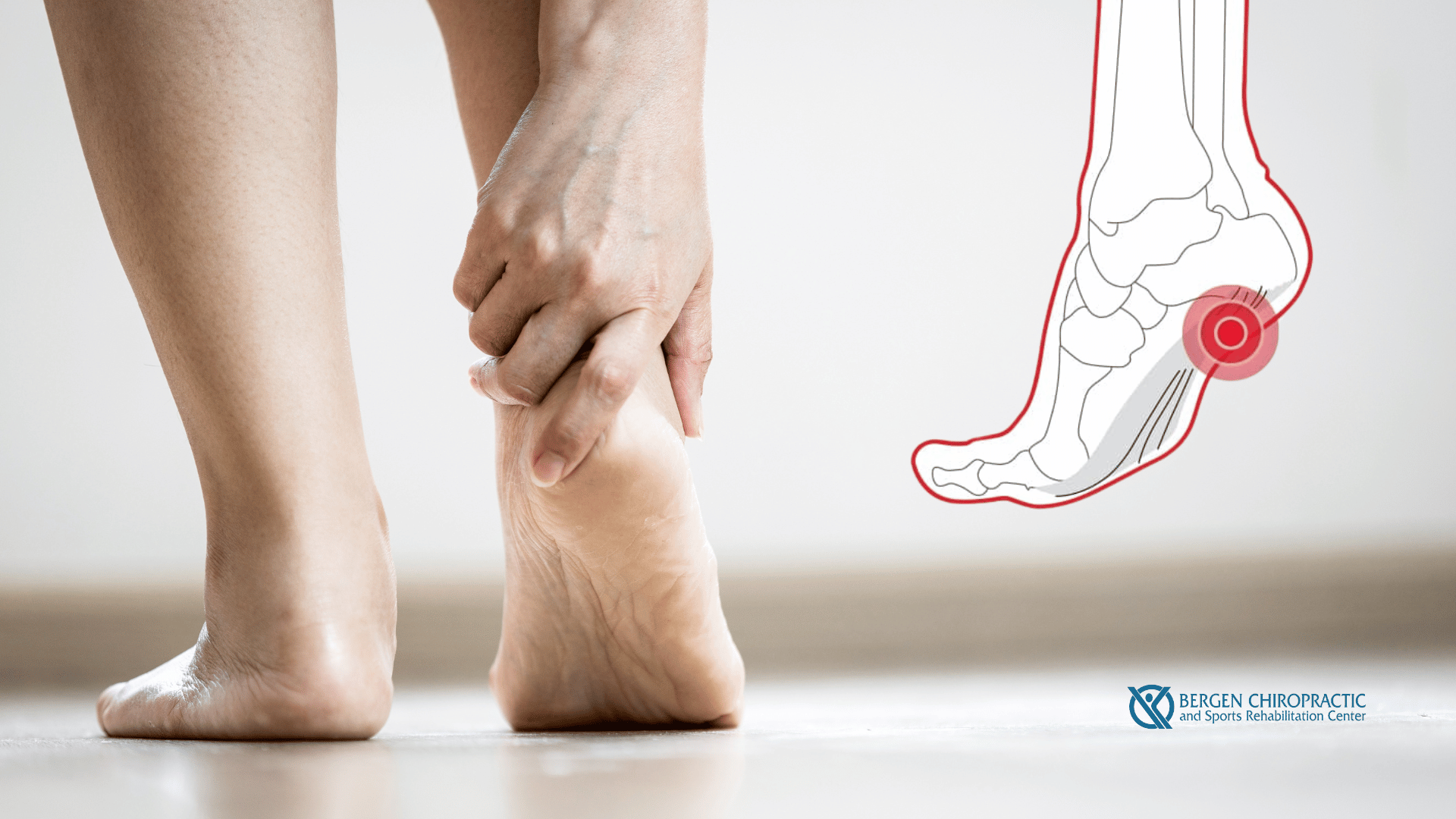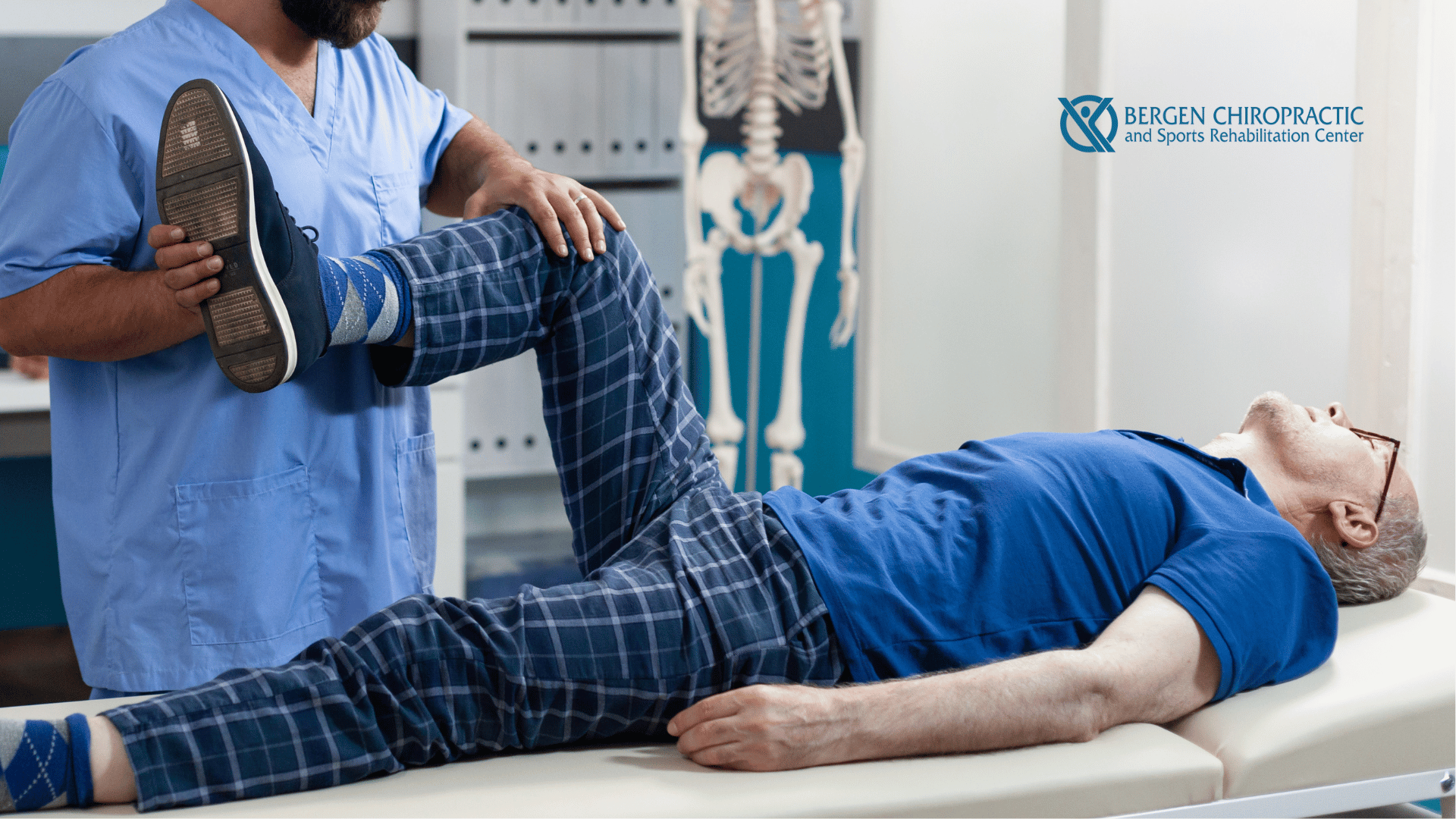Speed up recovery from plantar fasciitis with chiropractic care—learn how runners can relieve pain, improve mobility, and get back to training faster.
Weathering the Storm: Chiropractic Care for Weather-Induced Headaches in Spring
Relieve springtime headaches with chiropractic care—learn how weather changes trigger pain and what treatments help restore balance and comfort.
Spring Into Action: How Bergen Chiropractic Treats Seasonal Ankle Pain in New Jersey
Ease seasonal ankle pain with expert chiropractic care in New Jersey—learn how Bergen Chiropractic helps you stay active and pain-free this spring.
Top 5 Health Issues Treated by Chiropractors in Hackensack and Cliffside Park, NJ
Learn the top five health issues chiropractors treat in Hackensack and Cliffside Park, NJ, from back pain to migraines, and how chiropractic care can help.
Plantar Fasciitis and Posture: The Chiropractic Connection
Learn how plantar fasciitis and posture are connected and how chiropractic care can help relieve pain and improve alignment.
Elite Sports Chiropractic Care in Bergen County: Why Dr. Doerr and Dr. Doyle Lead the Field
Learn why Dr. Doerr and Dr. Doyle are the leading experts in elite sports chiropractic care in Bergen County, providing top-notch treatments for athletes.
From Winter Stiffness to Spring Mobility: Dr. Doerr’s Chiropractic Solutions for Seasonal Knee Discomfort
Dr. Doerr offers chiropractic solutions to ease seasonal knee discomfort, helping transition from winter stiffness to improved mobility and comfort this spring.
Chiropractic Soft Tissue Techniques for Managing Plantar Fasciitis Pain
Explore chiropractic soft tissue techniques to manage plantar fasciitis pain, reduce inflammation, improve mobility, and support overall foot health.
Unmasking the Pain: A Guide to Plantar Fasciitis Diagnostic Techniques
Bergen Chiropractic offers insights into plantar fasciitis diagnostic techniques in Bergen County, NJ, highlighting effective methods to identify foot pain.
Navigating Meniscus Tear Rehabilitation with Chiropractic Techniques
Chiropractic care offers a non-invasive approach to meniscus tear rehabilitation to reduce pain and improve knee function.

